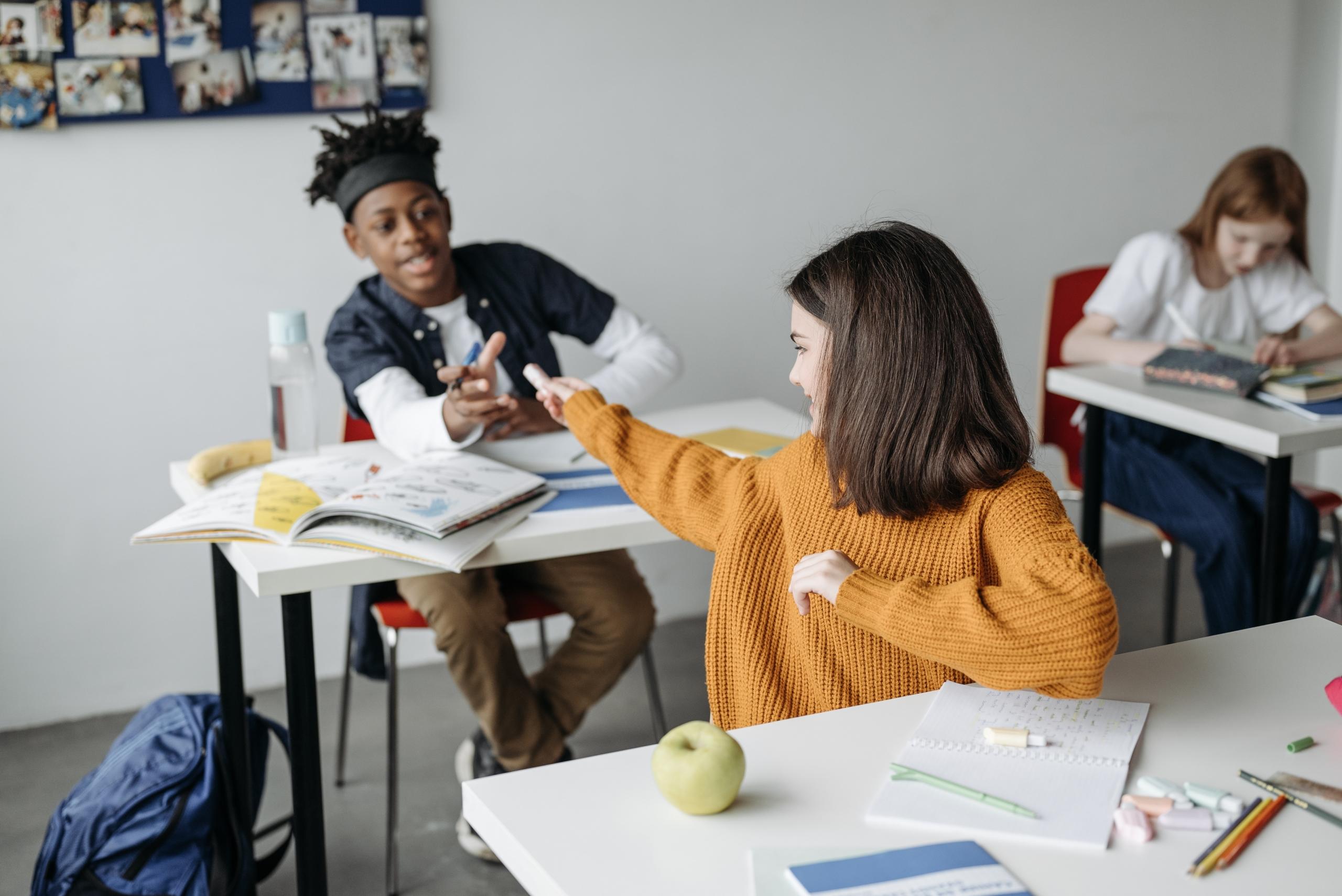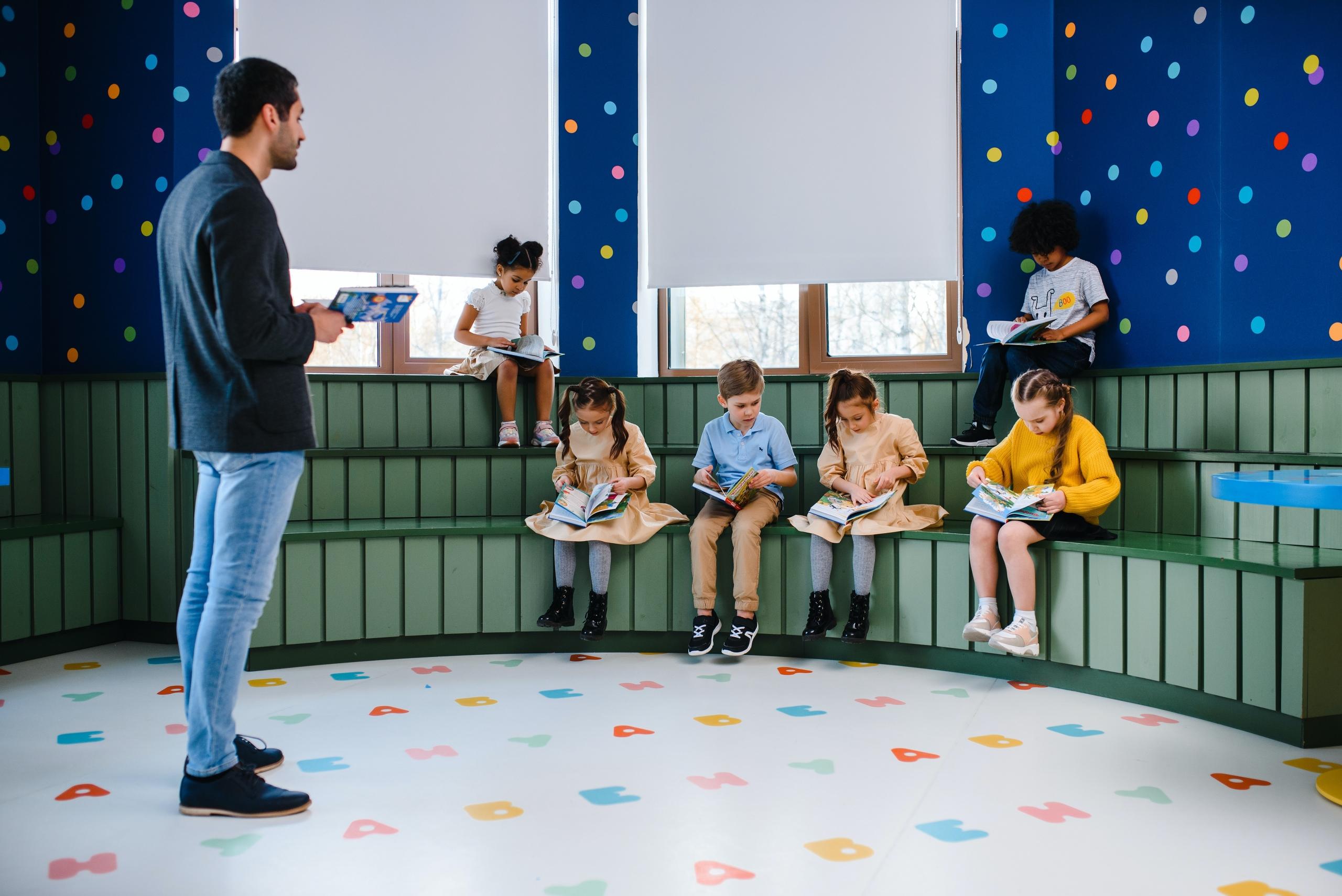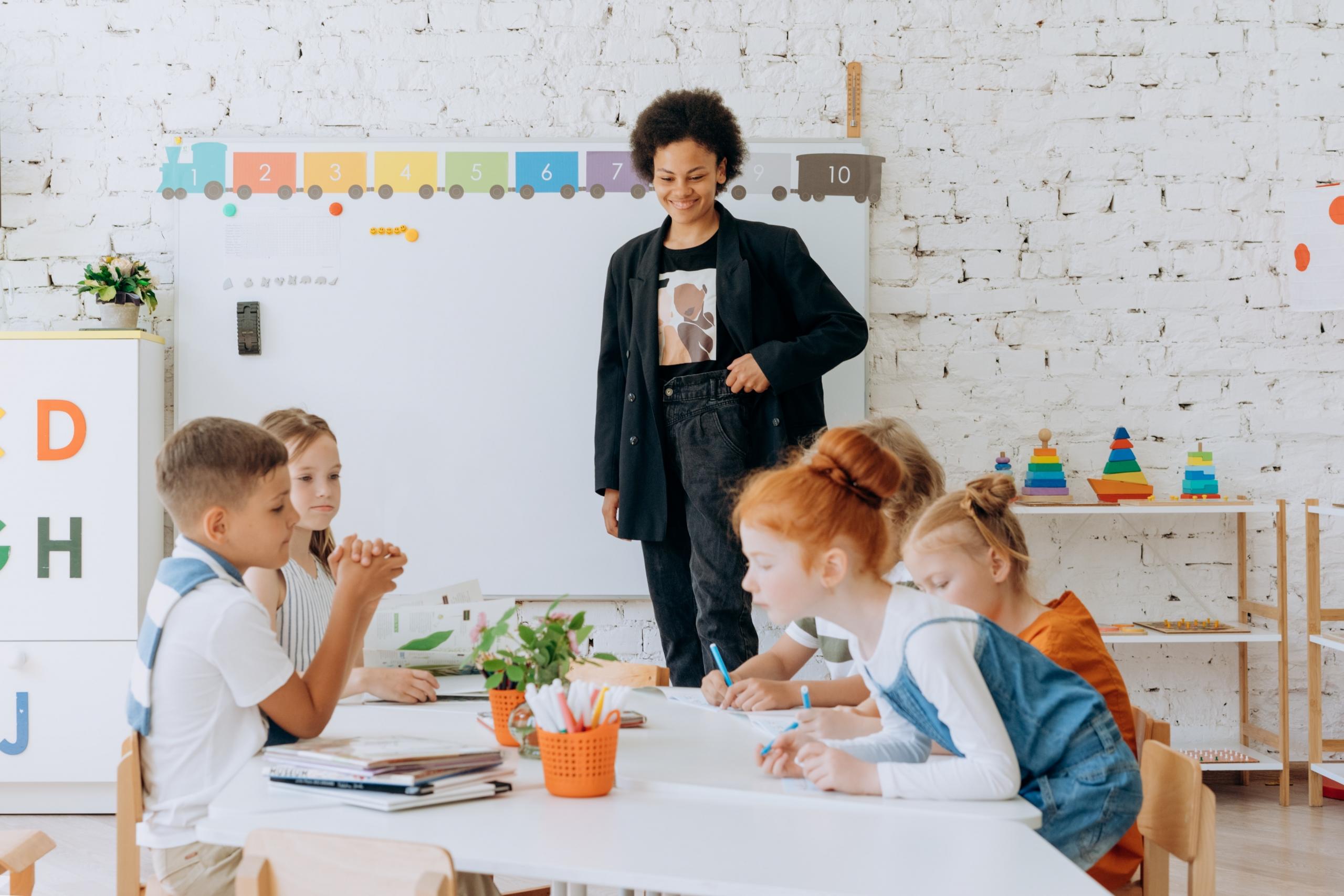The merits of mainstream education methods, in general, have been under fire for a number of reasons. The loudest critics have questioned whether all students are able to absorb, retain and use information that is presented via the traditional teaching model.
This standard model of teaching where the teacher talks and the student listens has been criticised by those who say that not everyone learns in the same way.
It is discussions like these that have fostered a revolution within education that states that social learning goes hand in hand with intellectual growth.
To support this reality, one only needs to look at today’s businesses to figure out that the best outcomes are usually a result of employee collaboration.
In fact, from infancy children are generally taught to share and cooperate. And yet, education, for millennia has been all about the results of individuals who are encouraged to compete against each other.
Cooperative learning strategies, on the other hand, consist of equal parts of academic and social learning.
A cooperative learning approach uses the group setting to process information instead of strictly teacher-led instruction.
Having said this, challenges of cooperative learning are also prevalent.
In this article, you will find out about:
- The cooperative learning meaning
- Various cooperative learning strategies
- The benefits of cooperative learning
- The challenges of cooperative learning.
Want to give private lessons?
Join the Superprof community and share your knowledge with inquiring and motivated students.
Cooperative Learning: Meaning of the Buzzword
If you are looking for a cooperative learning meaning, it could be described as the delicate balance between teacher authority and student autonomy.
A cooperative learning approach means that the impartation of knowledge takes second place in how a student learns to process.
In a cooperative learning approach, the role of the teacher is transformed into one of a facilitator who enables groups to work and learn together as they learn from each other.
At this point, it’s important to note that not every collaboration is a result of cooperative learning and not every cooperative learning task results in collaboration.
Cooperative learning means that students have to call on their critical thinking skills while teachers guide the group to devise conclusions and share how they arrived at them.

Cooperative Learning Meaning: Three Styles
A teacher may decide between three different styles of cooperative learning:
- Informal approach: these are spur-of-the-moment discussions which are done in groups and where one member presents the group’s conclusions.
- Formal approach: this is when the teacher organises students into groups and assigns each member a role. One student may conduct the research while another records observations. Another could be a timekeeper, while another is the presenter of the findings.
- Base structure: here students are organised into groups for the entire term or school year. Roles could change within the group. For instance, the recorder could become the researcher. In the end, everyone has an opportunity to fulfil every role.
Want to give private lessons?
Join the Superprof community and share your knowledge with inquiring and motivated students.
Benefits of Cooperative Learning: Creating Groups
There is no doubt that the main benefit of cooperative learning is that students learn well in groups. Apart from grouping students informally or formally, a teacher should also be aware of each student’s individual learning style.
Some students work well alone, others in groups. Instead of seeing this as one of the challenges of cooperative learning, it is actually one of the better cooperative learning strategies. Blending personalities within a group setting can be very constructive.
Grouping all the extroverts together could make for a lively and engaging discussion, but one has to ask who the implementers will be.
One of the challenges of cooperative learning is deciding how much extraneous chatter should be allowed before a teacher steps in to cut it short.
If you’re searching for the meaning of cooperative learning, you will find that one of its definitions is that it is meant to be social, however not every student enjoys being social.

This is why everyone should maintain their individuality. A good way to do this is to take advantage of one of the best cooperative learning strategies which is for everyone to play a role in the group.
As an example, a more introverted student could take on the research role, while another acts as the timekeeper. The most confident and verbal member could be the presenter, while the most kinaesthetic one writes on the board.
Remember that cooperative learning strategies do not include a teacher-centred approach.
One of the best ways to understand cooperative learning is in the knowledge that the role of a teacher switches to the role of facilitator. In this role, the aim is to permit the maximum flow of information between members.
Tutoring Individuals Towards Cooperative Learning Projects
As more schools divert from mainstream teaching yet maintain the same curriculum, it would seem to follow that students would still need homework help and academic support, right?
One of the benefits of cooperative learning for tutors is that they are needed more than ever to reinforce active learning strategies learnt at school.
It’s important to note that all cooperative learning strategies should strive to involve students in the learning process. The key to mastering this is in finding how students learn.
Experienced teachers and tutors know about learning styles and can easily discern an individual’s learning style during the first lesson.
After ascertaining whether a student is verbal, aural or kinaesthetic, the tutor can devise a learning strategy.
Teachers do well to take this into consideration so that individuals fit better into a group dynamic.

When a student requires more assistance, the teacher should go to extra lengths to build the skills needed, whether academically or socially, that would help the student to better assimilate into the group.
Change Your Title
Tutors of yesteryear will recall the good old days when they were led into a dining room, offered a beverage and had access to a student for about an hour or so. These days, thanks to the many benefits of cooperative learning, tutors are required to do so much more.
In many ways, tutors have become academic coaches who are able to focus on helping students to build the skills they need to function in classrooms today.
Find out more about the best places for private tutorials here.
Tutoring that Includes Cooperative Learning
Because cooperative learning is social, tutors should be mindful of incorporating activities and conversations that promote social skills and encourage class participation.
Role-playing games are one way to work well with all age groups. If you are a teacher, you could try posing typical ‘what if’ questions to older students to engage them in analytical thinking and debate.
For instance:
“What if E did not equal MC2?”
“What if nobody ever studied history?”
The theory here is that school should be more about the experience of learning and less about forcing knowledge into unwilling brains.
All effort to help students develop effective strategies for learning, as well as anything that promotes the capacity for social interaction and the ability to function in a group, is beneficial.
Another key factor to the success of cooperative learning is fostering interdependence and this is really where tutors and academic coaches have an opportunity to shine.
For many students, tutors have traditionally been allies and known as the grown-ups who will listen and empathise.
The key is that students should never become overly dependent on their tutors. Instead, the mutual goal should be to ensure that they function well in groups and during their one-on-one time with you.
All instructors, tutors and educators should have one common goal: for the student to succeed.
If you are interested in becoming a private tutor, make sure to gather information on the rates for private tutorials.
Tutors need to always be on top of the latest instructional strategies used by schools. In addition, it is why teachers should keep up with their professional development.
One of the challenges of cooperative learning is whether it should be done well or not at all. When it is not implemented correctly neither the student nor the teacher benefit.
Most students soon see the challenging, yet engaging benefits of cooperative learning.
Want to give private lessons?
Join the Superprof community and share your knowledge with inquiring and motivated students.





